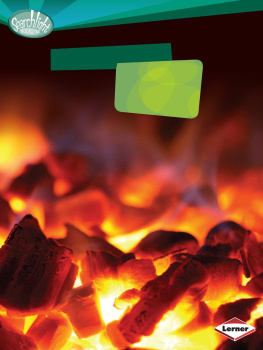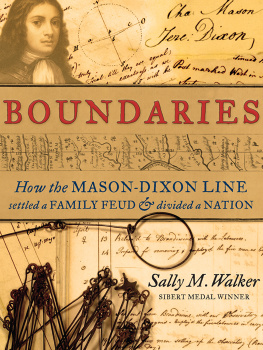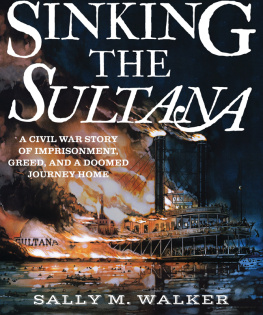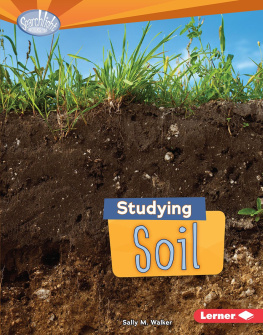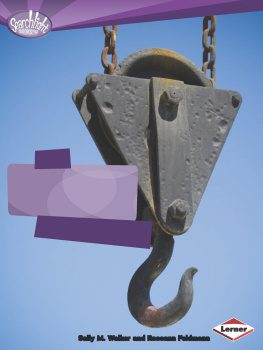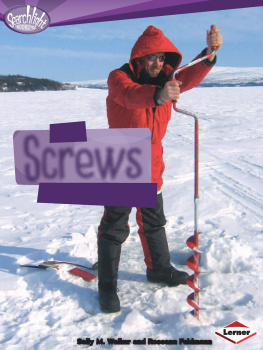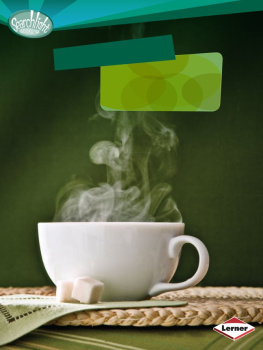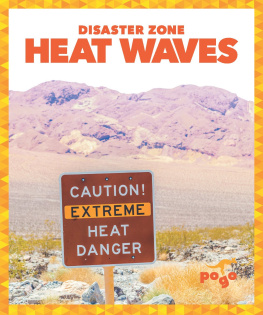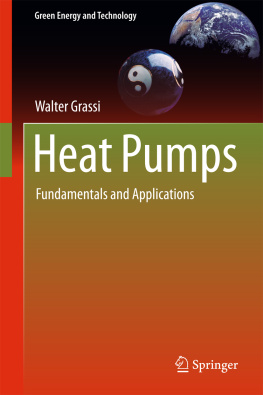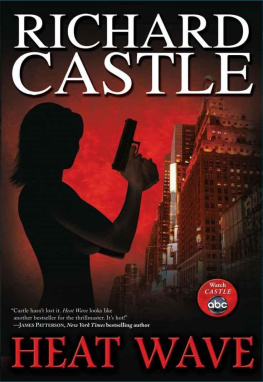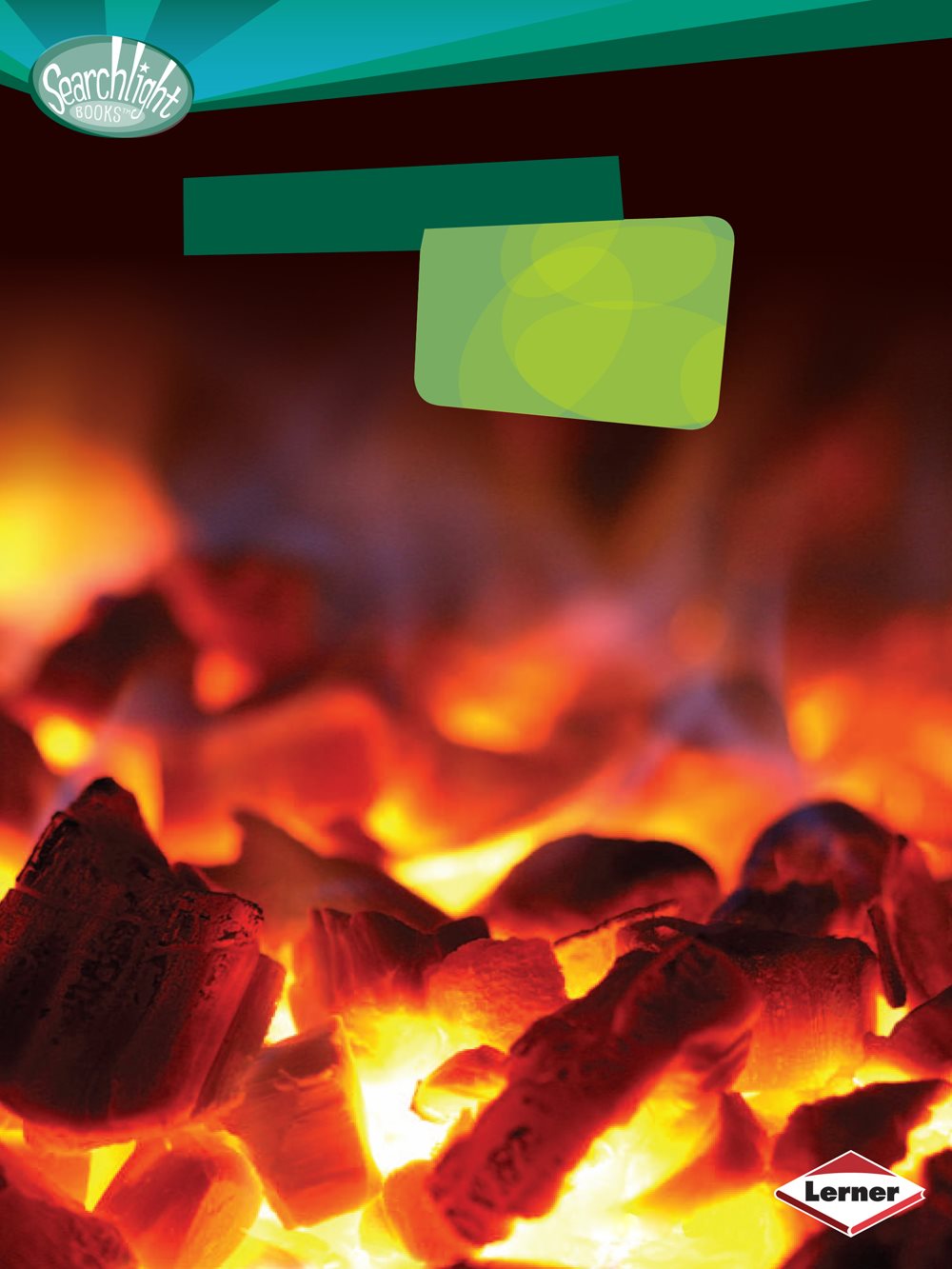Sally M. Walker
Authors note: The experiments in this book use the metric measurement system, as
thats the system most commonly used by scientists.
Copyright 2012 by Sally M. Walker
All rights reserved. International copyright secured. No part of this book may be
reproduced, stored in a retrieval system, or transmitted in any form or by any means
electronic, mechanical, photocopying, recording, or otherwisewithout the prior written
permission of Lerner Publishing Group, Inc., except for the inclusion of brief quotations in
an acknowledged review.
Lerner Publications Company
A division of Lerner Publishing Group, Inc.
241 First Avenue North
Minneapolis, MN 55401 U.S.A.
Website address: www.lernerbooks.com
Library of Congress Cataloging-in-Publication Data
Walker, Sally M.
Investigating Heat / by Sally M. Walker.
p. cm. (Searchlight bookshow does energy work?)
Includes index.
ISBN 9780761357735 (lib. bdg. : alk. paper)
1. HeatTransmissionJuvenile literature. 2. HeatExperimentsJuvenile
literature. I. Title.
QC320.14.W35 2012
536dc22
2010039515
Manufactured in the United States of America
1 DP 7/15/11
Contents
Chapter
WHAT IS
HEAT?
Heat is important for
all animals and plants.
Without any heat, living
things die. The same thing
happens if living things get
too much heat. But with the
right amount of heat, animals
and plants live and grow. Heat
from the sun helps keep living
things healthy.
If a plant gets too hot or too cold, it
dies. But the right amount of heat
helps plants grow. What do we call
the amount of heat an object has?
Heat is a form of energy. The amount of heat an
object has is called its temperature. Water turns into ice
at a temperature called the freezing point. Water turns
into a gas at a temperature called the boiling point.
This desert is very hot in the
daytime. Most plants and
animals cant live there because
it is too hot and too dry.
Measuring
Temperature
We measure
temperature
in units called
degrees.
Thermometers
are tools
that are used
to measure
temperature.
This thermometer shows
the temperature on a
warm summer day.
Some thermometers measure temperature with the
Fahrenheit scale. Using this scale, the temperature at
which water freezes is about 32F (0C). And water boils
at about 212F (100C). Many people in the United States
use the Fahrenheit scale.
Other
thermometers
measure
temperature with
the Celsius scale.
Using this scale,
water freezes at
about 0C (32F).
And water boils at
about 100C (212F).
Scientists use the
Celsius scale. So do
most other people
around the world.
TEMPERATURE SCALES
212F
water
boils
100C
32F
water
freezes
0C
Fahrenheit scale
Celsius scale
F stands for degrees Fahrenheit, and
C stands for degrees Celsius.
Kinds of Thermometers
There are many different kinds of thermometers. Some
measure the temperature of a room. Some are used
to find out if a sick person has a fever. Some are used
to measure the temperature of very hot things, such
as ovens or melted rocks. And some measure the
temperature of cold places, such as freezers.
The thermometer on the left is used when cooking
meat. The long metal thermometer is used in
making candy. The white plastic thermometer is
used to take a persons temperature.
Chapter
WHAT MAKES
HEAT?
Furnaces and electric heaters
heat our homes. Stoves and
ovens heat our food. Engines in
cars make heat when they run. But
where does heat come
from? The answer
begins with matter.
Toasters use heat to make
bread brown and crunchy.
What are some other ways
that we use heat?
All matter takes up space
and can be weighed.
Matter
Matter is anything that takes up space and can be
weighed. All the objects around you are made of matter.
Books, pencils, air, and milk are all matter.
Matter is made up of very tiny particles called atoms.
Atoms are so small that billions of them can fit on the
period at the end of this sentence.
THIS ARTWORK SHOWS WHAT AN ATOM
LOOKS LIKE. THE PICTURE IS MUCH
LARGER THAN A REAL-LIFE ATOM.
More than one hundred different kinds of atoms
are on Earth. Each kind of atom is called an element.
Oxygen, gold, helium, hydrogen, and calcium are some of
the elements.
The dark center part of a pencil is
called the lead. Pencil leads are
made of an element called carbon.
Atoms can join together to form groups called
molecules. Some molecules are made up of only one
kind of atom. The molecules found in hydrogen gas are
all made of hydrogen atoms.
But most molecules form when different kinds of
atoms join together. The combined atoms make a new
substance. Two atoms of hydrogen can join with one atom
of oxygen. Together they make one molecule of water.
MAKING MOLECULES
Hydrogen Molecule
(found in hydrogen
gas)
hydrogen
atoms
oxygen
atom
hydrogen
atom
Water
Molecule
oxygen
atom
hydrogen
atoms
This diagram shows how
hydrogen molecules and water
molecules are made. Two

